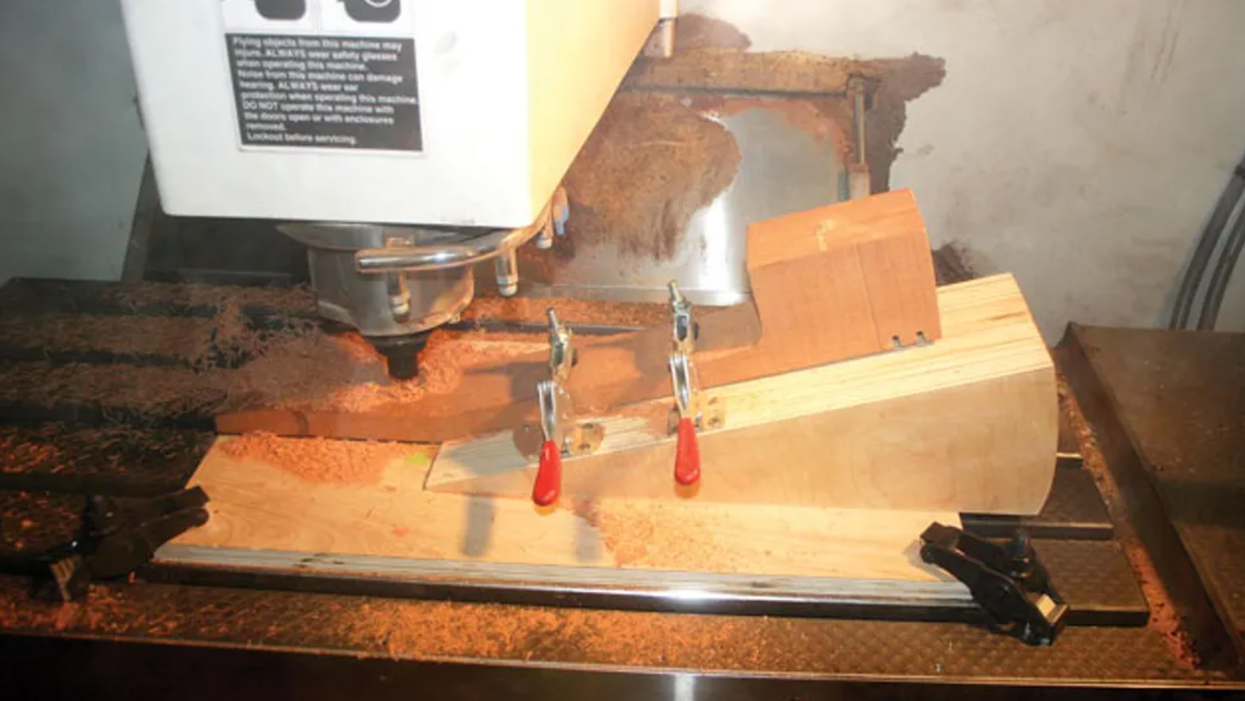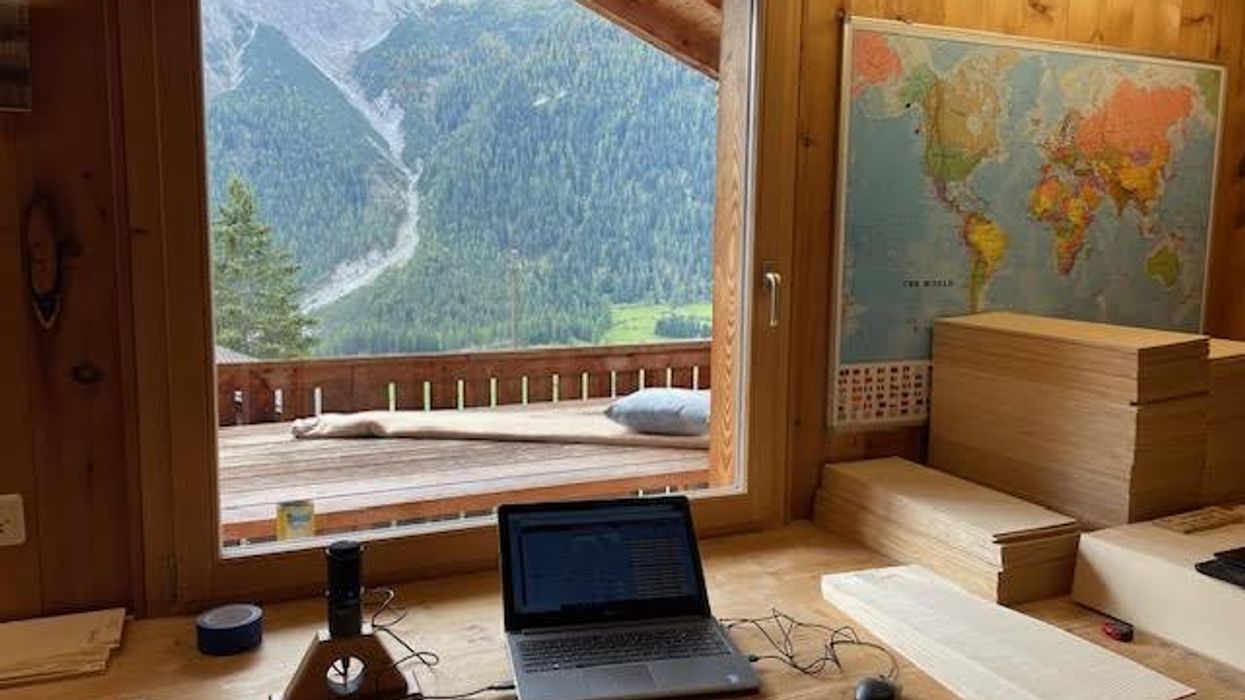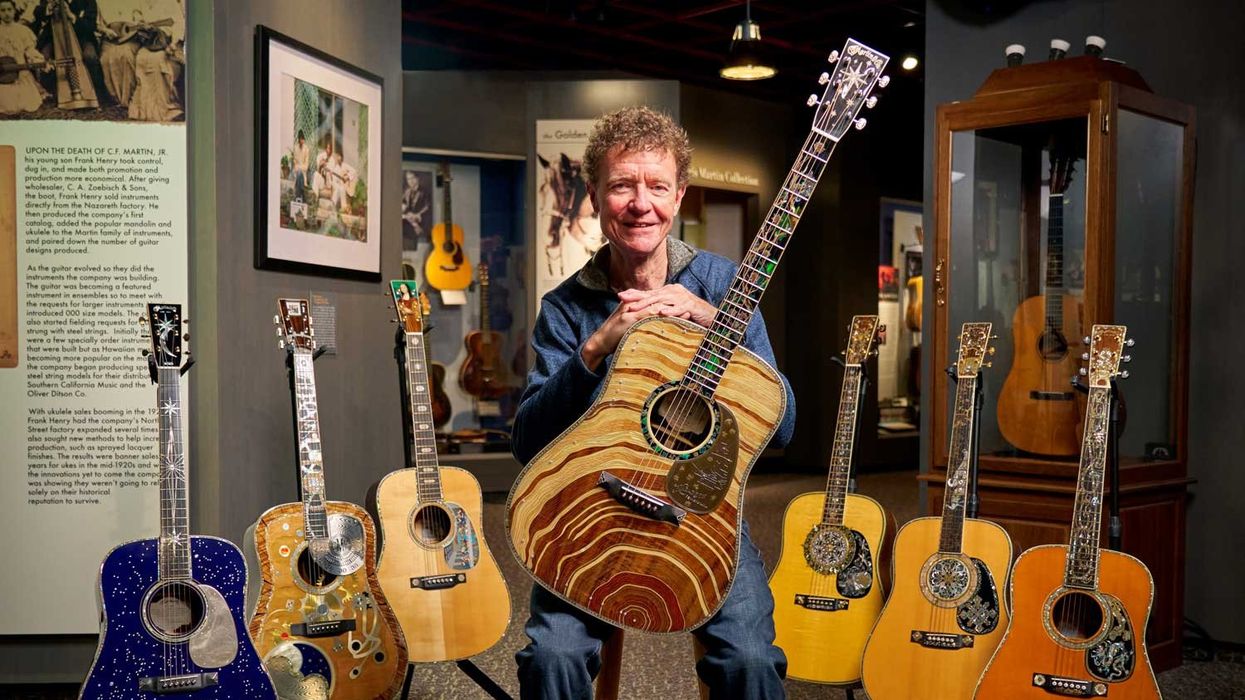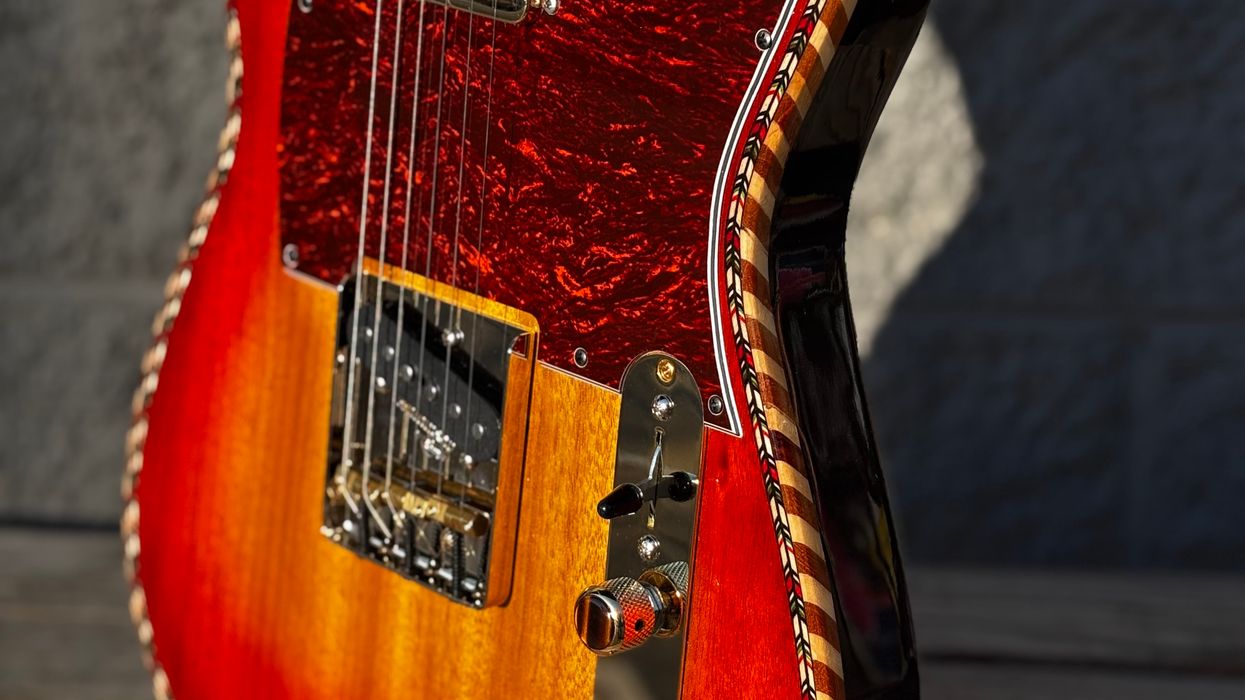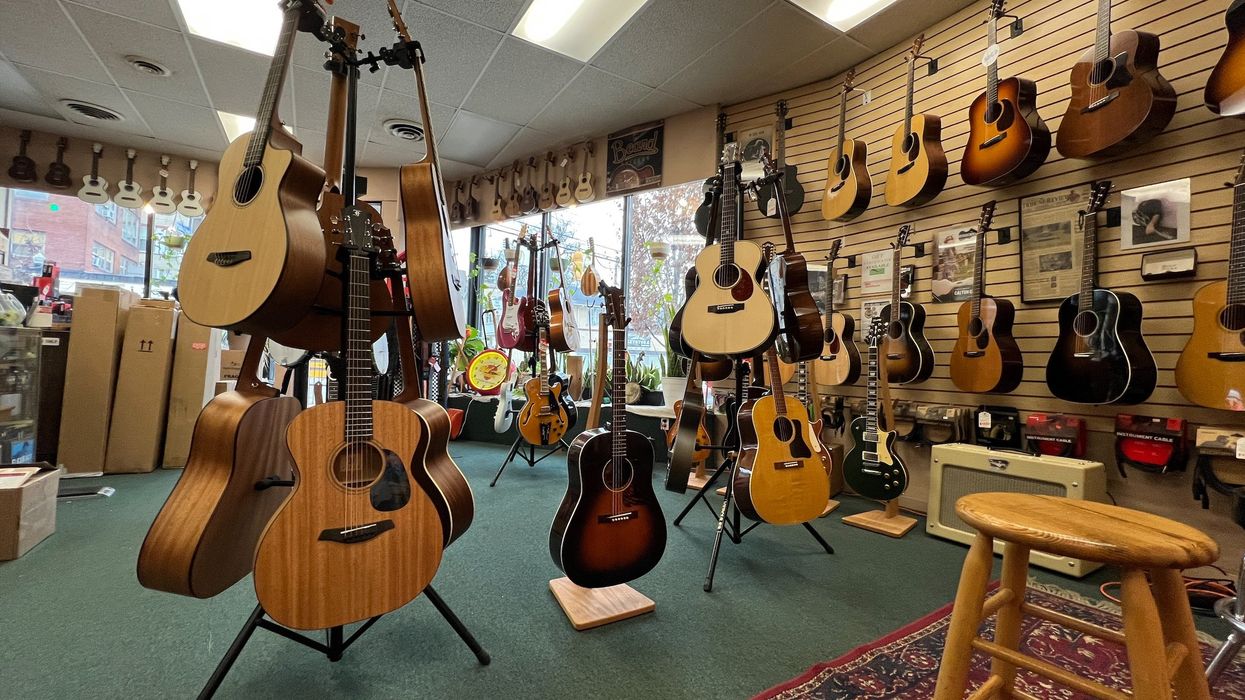For the first nine years that Huss & Dalton was in business, we did things pretty much exactly the way a one-person shop does, with the exception of sometimes doing larger batches of parts for our small-production situation. We did, however, lust heartily for the advantages of a CNC (computer numerical controlled) machine in our shop and began to save our coins and investigate a bit.
In the summer of 2004, we finally took the plunge and took delivery of our Fadal 4020 CNC and Mastercam CAD (computer-aided design)/CAM (computer-aided manufacturing) software package. We had to modify a building to house the massive beast and install an extra air compressor and wiring, so this was no small undertaking.
We were aware that some customers who viewed us as more of an elf-in-a-tree type of operation would not embrace the idea of Huss & Dalton as a CNC-aided shop. But, we were convinced that the benefits far outweighed the negative stereotype that's often associated with the “evil" CNC machine.
Learning Curves
After setting the machine up and then standing around scratching our heads for a bit, it was time learn the software and get the thing running. Jeff Huss and I knew that we couldn't afford to pay a software engineer to work here full-time, so we decided that one of us needed to learn to program the machine. Since he had small children at the time and I had none, I volunteered to take on the task, and set forth by enrolling in some classes at our Mastercam dealer.
I soon found out that this was going to be both one of the most challenging things that I'd ever done, and one of the most interesting. When I finally got up the nerve, I drew a basic program to try out and started the up machine. To my surprise, it did exactly what I had told it to do and we were off. I then started writing programs for some of the simpler tasks we thought the machine could do better, and later worked my way to some of the more complicated 3-D parts like bridges and necks. It wasn't long before I had a new appreciation for the intricacies of the steel-string guitar. It's interesting to note that even though we call them flattops, almost no surface of a guitar is actually flat. Even the underside of a bridge, for example, has a built-in radius.
Fail-Safe Sidekick
I should first debunk the myth that a CNC machine drastically speeds up guitar making: It doesn't. The main tasks that take up most of our time—such as building and binding the body, and all the work that goes into finishing, buffing, and setup—are not the ones the CNC can do. What the CNC can do—and do very well—is make extremely accurate parts every time you ask it to. And make no mistake, starting with perfect and repeatable parts every time not only makes our jobs easier, it makes the guitars better in some ways.
In removing some of the possibility for human error when making parts, we save quite a bit of wood. The CNC machine doesn't make errors on parts as long as the part stays attached to the machine's bed. We use a vacuum system for much of the clamping, which allows us to machine all the way around a part.
We also use the CNC to make jigs and fixtures for the shop, and we remade all of our body molds and side-bending forms. Having perfect molds does speed things up some since we no longer have to spend valuable time tweaking the bodies to remove any possible errors. The bodies come out square with accurate centerlines, which allows the builder to spend more time on the critical job of binding the body.
What CNC Means for the Buyer
If the CNC makes any real difference to the guitar-buying public, it might just be that the larger companies are able to turn out larger numbers of instruments with the machine, keeping the cost of some pretty great guitars pretty low. This is not to say that some of the finest guitars in the world aren't being made without the use of CNC. The machine is just another tool, nothing more, and the luthier must still use each tool to best effect in making your guitar.
The machine is not an evil thing. In the end, it really doesn't matter if your guitar's bridge was handshaped by a guy standing at a belt sander for an hour or if the CNC took two minutes to do the same task. It only matters that the bridge was made well, right?
Even though we're one of the smallest guitar companies out there with our own machine, it has become an invaluable tool to us. If we lost every tool here and had to start over tomorrow, the first thing I'd want to buy is another CNC.
Until next time: Pick up your guitar, play, and enjoy!


